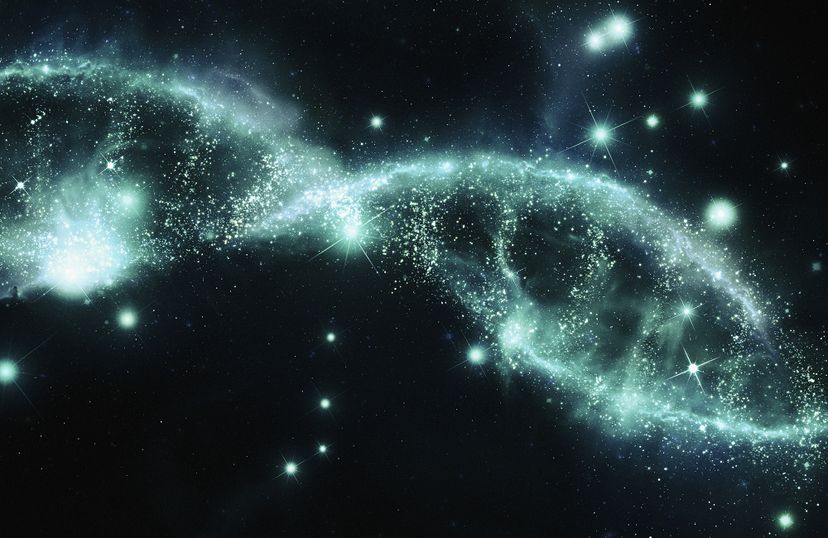
About This Quiz
You inherited your genes from your parents, and they’re the building blocks of who you are. So how could someone patent them? Test your knowledge in our gene patent quiz.Composition of matter patents are at the heart of the legal debate over gene patents.
The first gene patent was issued in 1982 to the University of California for a hormone involved with breast development in pregnant women.
There are currently more than 3,000 patents on human genes, and that number is growing all the time!
Advertisement
There are more than 47,000 patents involving genetic material. This includes patents on not only individual genes, but also on strands of genes and processes and equipment used to research and isolate them.
Some people may treat Diet Coke like it's vital to their survival, but insulin was the first recombinant genetic product to be granted a patent. Human growth hormone (HGH) came shortly after.
The consortium was responsible for mapping the human genome and has identified nearly 20,000 different protein-coding genes.
Advertisement
Less than half of human genes are associated with issued patents. So, there's still plenty of "you" left untouched!
After the completion of the Human Genome Project in 2003, the number of gene patent applications skyrocketed, and more than 1 million have been filed to date.
Things outside of weather conditions can certainly be patented, and plenty of offensive and lethal things are also protected by patent law. The third required condition -- describability -- is sometimes called the enablement criterion, because it enables someone other than the patent holder to make or use the invention.
Advertisement
For 20 years after a patent is issued, no one other than the holder can make or use the item under patent without permission from, and usually payment to, the patent holder.
The genes involved are known as RCA1 and BRCA2, and Myriad Genetics has developed a test that determines if a woman has a deformation of these genes that may indicate an increased risk of developing breast or ovarian cancers.
Crichton's 2006 novel, "Next," was a bio-thriller focusing on the world of genetic research.
Advertisement
Once it was enacted in 1930, the Plant Patent Act allowed plant breeders to patent new types of plant life.
In Diamond v. Chakrabarty, the U.S. Supreme Court ruled that a strain of bacteria developed in the lab could, in fact, receive a patent.
The project got under way in the late 1980s, and it was completed two years ahead of schedule in 2003.
Advertisement
Though less than 2 percent of our DNA fits this description, the great majority of gene patents focus only on the protein-producing sections of genetic material.
While $14 billion is a lot of cash, there's the possibility that the cost of genetics research could reach into the trillions in the future.
One chromosome can carry about 1,000 genes.
Advertisement
All that DNA could pave the theoretical way for 1 million trips to Earth's biggest satellite.